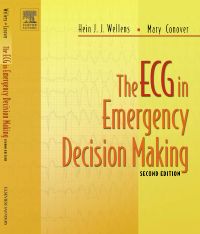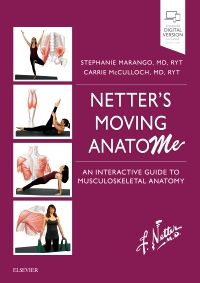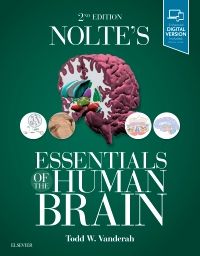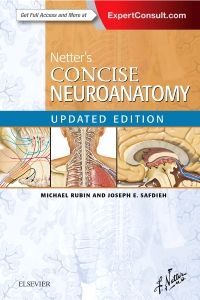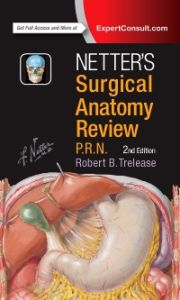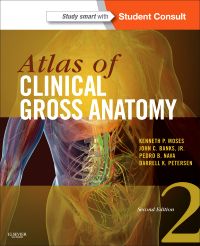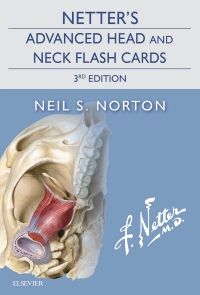Offering step-by-step instructions, this text describes how to use 12-lead electrocardiograms (ECGs) to make rapid and informed decisions in emergencies. It shows how to recognize the underlying mechanism of a cardiac emergency, its significance, and the best treatment. A brief outline of these steps is followed by complete, in-depth coverage.
New to this edition
Information on using the ST deviation vector in acute myocardial infarction to localize the site of occlusion in the coronary artery and thereby the site and size of the area at risk.
How to risk stratify and treat patients with acute coronary syndromes showing ST segment depression.
Noninvasive measures to determine the site of atrioventricular block.
A guide to prehospital screening for patients with chest pain.
The ECG features of myocardial infarction in patients with an acute myocardial infarction AND a left bundle branch block.
New information on monogenic diseases leading to cardiac arrhythmias.
Perforated decision-making cards for quick access in the emergency setting.
Key Features
- Summary boxes at the beginning of chapters give a step-by-step guide of emergency approaches
- Clear, consistent writing and organization
- Reflects the latest American Heart Association guidelines
- Perforated decision making cards at the end of the book (various emergency situations) can be used for quick access in the clinical setting
- Established, well-respected authors provide cutting-edge info that practitioners can trust
- Reviewed by a consulting board of nationally recognized experts in the specialty area of ECG
Author Information
By Hein J. J. Wellens, MD, PhD, Professor of Cardiology, University of Maastricht; Chairman, Department of Cardiology, University Hospital Maastricht; Maastricht, The Netherlands and Mary Boudreau Conover, RN, BSN, Educational Director, Critical Care Conferences, Santa Cruz, CA
1. Acute Myocardial Infarction
2. ECG Identification of High-Risk Patients with Unstable Angina
3. Wide QRS Tachycardia
4. Narrow QRS Tachycardia
5. Monogenic Diseases Leading to Cardiac Arrhythmias and Sudden Death
6. Slow Atrial Rhythms
7. Atrioventricular Block
8. ECG Recognition of Acute Pulmonary Embolism
9. Digitalis-Induced Emergencies
10. Other Drug-Induced Emergencies
11. Potassium-Related Emergencies
12. Pacing Emergencies
13. Prehospital Cardiac Emergencies
Appendix 1. Emergency Axis Determination
Appendix 2. Electrical Treatment Of Arrhythmias
Appendix 3. Emergency Drugs




